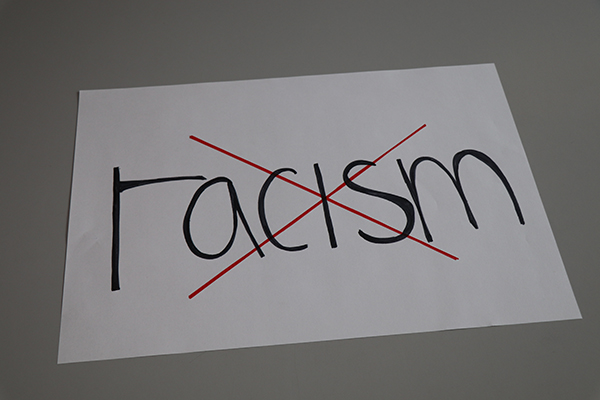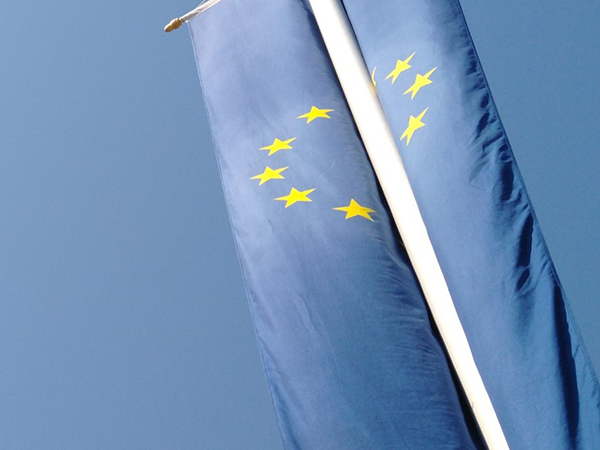By Oula Mahfouz and Abdul Baset Kannawi
Non-Muslims hardly know anything about Khadijah bint Khuwaylid (born around 556; died around 619), the first wife of the Prophet Muhammad and at times his boss. Muslims and Muslim women, on the other hand, are well informed about the central female figure in Christianity: Mary, the mother of Jesus. Like Muhammad, Jesus is considered a prophet in Islam and his life and that of his mother are written about in the Koran. Maryam (Mary) is even mentioned there thirty times and there is a separate sura named after her.
Studying the biography of Khadijah can also reveal important aspects about the role of women in Islam. What is known about Khadijah’s life and from which sources? The Qur’an does not mention Khadijah by name, but there are verses that refer to events in her life. The other sources for her biography are, on the one hand, the “hadiths”, sayings and actions of the Prophet handed down by companions of Muhammad. There is also biographical literature and historical reports about the Prophet Muhammad and his companions that have been written since the early days of Islam. The following account refers to these sources.
Khadijah lived in Mecca. She is said to have been a remarkable woman, both in terms of her beauty and her influence and wealth. Khadijah ran a trade and led trade caravans to the Syrian region. Before she married Muhammad, she had already been married twice and had four children. According to the records, after the death of her second husband, many men came to her wanting to marry her, but she rejected all offers. When she heard about the honesty and trustworthiness of Muhammad, who is said to have been a shepherd in his younger years, she left her business to him. Muhammad confirmed her trust by working successfully for her and bringing her large profits.
When Khadija heard about Muhammad’s character and virtue, she fell in love with him and sent her friend to ask him to marry her. This is unusual, because in Islam it is traditionally expected that the man proposes marriage, but there is no rule for this. The Prophet is said to have married Khadijah fifteen years before the revelation. He is said to have been twenty-five years old at the time and she forty. At that time and in that culture, such age differences in marriages were unusual and unconventional. Khadija is said to have lived with Muhammad for twenty-five years and gave birth to three daughters and two sons, the sons of whom died at a young age.
When the Prophet Muhammad was in great fear after the revelation of the angel Gabriel, he turned to Khadija, who reassured him and is said to have said: “Allah will never dishonor you if you are good to your children and relatives, speak the truth, help the poor and needy, serve your guest generously and help those afflicted by misfortune.” Khadija then accompanied him to her cousin Waraqa bin Naufal. He was an expert in the religions of Judaism and Christianity and confirmed to Muhammad that he was the chosen prophet of God. Khadija is said to have been the first person to accept Islam as a religion.
Khadija is said to have played a decisive role in encouraging the Prophet at the beginning of his mission. She is said to have stood by his side, giving him advice and offering him moral and material support. She is considered a symbol of faith and female strength in the turbulent society of Mecca. The Prophet Muhammad is said to have honored her, appreciated her wisdom and acknowledged her active contribution to the spread of Islam.
According to tradition, in the sixth year of the Prophet’s mission, the ancient Arab polytheists of Mecca, who worshipped several deities, decided to besiege the Prophet and his relatives in order to dissuade him from proclaiming Islam. This siege lasted for three years. Khadija is said to have spent all three years with her husband and his community. The complaints of her hungry children were omnipresent and she had nothing to give them. Khadija is said to have fallen ill and died three years before the Prophet’s emigration from Mecca to Medina in 619 AD. This year was called the “Year of Sorrow”. Her entire fortune was spent on supporting Islam: When she passed away, she reportedly left nothing behind.
Despite his grief at his loss, the Prophet Muhammad is said to have preserved the memory of Khadija and repeatedly emphasized his reverence for her. He is said to have mentioned her virtue, her superiority and his love for her. The Prophet also mentioned her great importance for Islam when he said: “The best women in Paradise are Khadija bint Khuwaylid, Fatima bint Muhammad (his daughter), Asiya bint Muzahim (the wife of a Pharaoh and foster mother of Moses), and Maryam bint Imran (mother of the Prophet Jesus).”
Khadija is considered one of the most important women in the history of Islam and is regarded as an outstanding example of the strength and influence of women. In many mosques and religious gatherings, Khadija is cited as a role model and inspiration for believers, both men and women. In particular, her life and virtues are often referred to in sermons on marriage, entrepreneurship and faithfulness. It is common for religious leaders and scholars to use the life stories of the Prophet Muhammad’s early companions, including Khadija, to impart moral teachings and practical guidance for daily life.
The discussion on the role of women in Islam is characterized by controversy and divergent interests, leading to conflicting views on Islam’s attitude towards women worldwide. There are different understandings of the role of women in Islamic communities with a wide spectrum: a fundamentalist understanding reduces the role of women to strict moral norms and limits their freedoms. A conservative understanding emphasizes traditional gender roles, with women often restricted to the domestic sphere. A progressive understanding emphasizes equal rights and encourages women to participate in education and employment. Feminist interpretations criticize patriarchal interpretations and strive for full equality within the Islamic world.
The life story of Khadijah bint Khuwaylid is seen by some as an example of how the religion of Islam grants rights and dignity to women and opposes discrimination or violation of their rights. This interpretation of Islam emphasizes the equality of the sexes in terms of dignity and worth and sees men and women as equal in the eyes of God, with the differences lying in their different abilities and responsibilities. According to this interpretation, this is the core of Islam’s attitude towards women, despite the widespread negative experiences in dealing with women in Islamic societies. These negative aspects are therefore due to customs and traditions, not to Islam itself.
tun24011602
Der Name Khadija in einer arabischen Kalligraphie des Kalligraphen Reza Alekhamis. Foto: tuenews INTERNATIONAL / Reza Alekhamis.
002369




